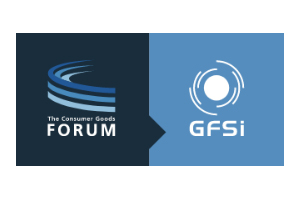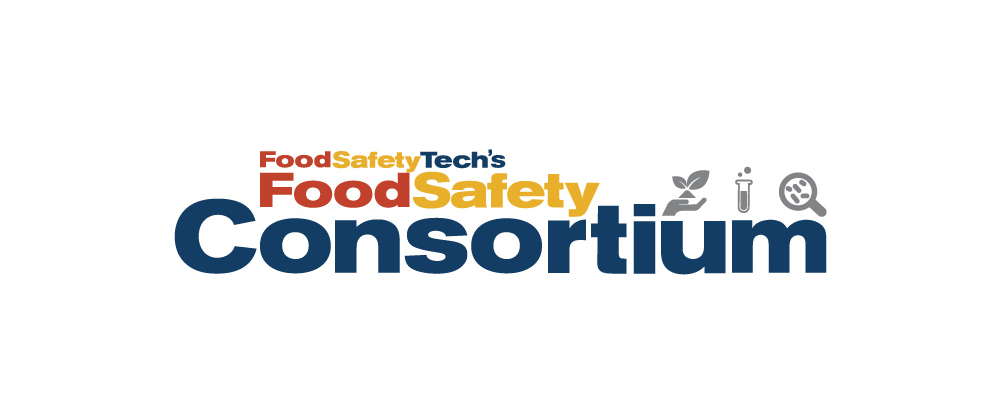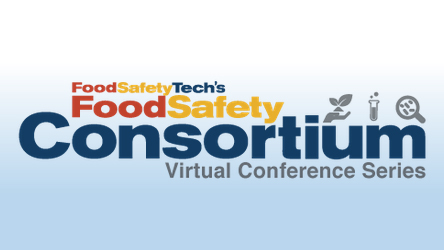The Ever Given eventually broke free, but the Suez Canal blockage was just one dramatic incident in a year full of “black swan” events exposing weaknesses in the global supply chain, including daily mini disruptions. Among the lessons to be learned is the need for verifiably better supply chain visibility that goes beyond crowdsourced carrier or telematics data. This article hones in on the significant challenges faced in the fresh produce supply chain, and strategies suppliers can implement in situations to help improve supply chain visibility and prepare for an unpredictable future.
The Reality of Today’s Food Supply Chains
As the global supply chain continues to expand, the distance fresh produce travels to reach the consumer is extended. According to the International Institute of Refrigeration, the lack of a functioning cold chain causes significant food loss; the Global Cold Chain Alliance (GCCA) reports that “one-third of food produced globally is lost or wasted between farm and fork.”
Multimodal shipping, as well as the change in hands before the harvested produce reaches the consumer, makes it hard for food to retain its freshness. Moreover, multiple parties involved in the supply chain create plenty of room for coordination issues, contributing to delays, damaged products, and increased costs. Potential challenges faced while transporting fresh produce include the following.
Reusability and Circular Economy of Plastic Containers
The best way to preserve quality and freshness from source to consumer, retail-ready transport packaging solutions are needed to optimize space, improve temperature control and protect quality into the retail distribution center. While it is an environmentally sustainable choice, renting returnable plastic containers (RPC) instead of corrugated boxes comes with its own challenges. These RPCs get lost or misplaced from the time they are rented, during use to ship products from consumer locations and during the return of the empty RPCs back to the renter.
Temperature Excursions During Transport & Transshipment
Transport losses in a fresh food cold chain are primarily related to temperature and humidity excursions, caused by delayed/improper cooling or refrigeration equipment failure. The biggest problem is not always the lack of data, but rather the lack of timely data that can be used to correct anomalies in time to prevent spoilage.Temperature excursions can occur both while in transit and at transshipment points. During the former, it can happen due to failure of cooling equipment, while for the latter, it can occur if active cooling containers or reefers are not plugged into power sockets for extended periods of time during handling or when on a ship. In air transport, the goods can face temperature excursions during loading, unloading and storage, such as on the tarmac on a hot day.
Damaged Packages
Early spoilage in fresh produce can be attributed to both handling as well as changes in external environment. An example is the impact of atmospheric pressure on bags of potato chips traveling through a mountainous region or by air. The financial impact of damaged packages—one of the leading reasons for increased cost of food logistics management—goes beyond the visible replacement and re-shipping costs; in the case of fresh food spoilage, not only can your brand be impacted, legal issues could result if consumer health is affected.
Safety/Security Issues
Fresh produce is easily contaminable and thus requires extra care in the chain of custody. Today, customers are not just demanding visibility into the authenticity of how their food was farmed, but also how safely it was transported. The right temperature and humidity play a vital role in maintain the quality of the fresh produce reaching the grocery store. Whether it is a Black Swan event like a widespread E. coli contamination of tomatoes that can endanger human lives, or just a daily product freshness issue, there’s considerable impact on the food brand and retail store.
High Maintenance Costs
Maintaining the right conditions, ensuring quality packaging, and facilitating quick transportation increases the cost of a fresh produce supply chain significantly compared to other products.
Lack of Information Accuracy in Data Sharing
Every actor in the supply chain is working toward maintaining the freshness of a product, such as avocadoes imported from Mexico. But tying this data into a common thread is difficult due to disparate systems and processes in monitoring condition, handling and chain of custody. For example, the warehousing company may only measure temperature in a few corners of the warehouse where the fresh product wasn’t technically stored and the trucking company will only have the reefer’s temperature, but the product may have never traveled on that reefer owing to a missed connection. This makes data aggregation inaccurate and unactionable.
The Need for Improved Visibility
Whether it be food losses, increased costs, or food safety regulations, improving the verifiability of supply chain visibility from end to end can ultimately help eliminate these challenges. The following are some measures that can help contribute to food supply chain success.
Enhancing Information Transparency
A clear string of communication from end-to-end is critical to manage the supply chain. Increased information transparency and a clear chain of data can reduce food damages and losses.
Optimizing Maintenance
Maintenance costs can arise out of substandard packaging, lack of adherence to quality standards, and mishandling during transportation. Additional measures can be taken in order to reduce the overall maintenance costs, as well as time and effort spent tackling late or damaged product delivery. Such measures include adding more service locations, improving on time delivery, monitoring in real time, improving reusable packaging (if applicable), and performing thorough quality checks.
Building Faster, Flexible and Precise Supply Chains
Running a lean supply chain is vital to successfully delivering fresh food products. Many items such as yogurts or fresh produce have a short shelf life. Hence, the slightest reduction in transit time has significant benefits. Predictive analytics, image recognition and process automation offer timely alerts to improve actionability.
Where to Begin
You need to take a top-down, end-to-end approach to visibility because a supply chain involves several stakeholders and modes of transport from farm to fork.
Sensor-driven visibility helps implement a top-down, end-to-end approach because it is firsthand and not reliant for data from the actors in the chain of custody. Sensor-driven location and condition in real time offers transparency, collaboration and ultimately, reliable logistics automation.
End-to-end real-time data on inventory location and package conditions can result more transparency and control across the supply chain. The best, and often the only way to wade through both the visible and hidden business costs of in-transit damage is to keep track of your shipments from door to door with the help of an on-demand food and beverage monitoring solution.
When working with low shelf life products like food, reliable supply chain visibility is vital to prevent incidents that can contribute to financial loss. The loss of customer relationships, dealer loyalty, and cascading delays can have a ripple effect and result in further monetary losses as well as long-term business impacts that might take very long to resolve. Implementing the above recommendations can help supply chains recover from accidents and prepare for the inevitable future of “black swan” events and daily mini disruptions alike.

















